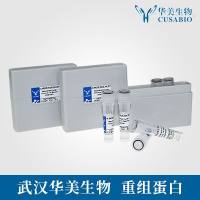Use of Polymerase Chain Reaction for Making Recombinant Constructs
互联网
互联网
相关产品推荐

DDA1/DDA1蛋白Recombinant Human DET1- and DDB1-associated protein 1 (DDA1)重组蛋白Placenta cross-immune reaction antigen 1 (PCIA-1)蛋白
¥1836

Fibrinogen Gamma Chain重组蛋白|Recombinant Human FGG Protein
¥1790

Recombinant-Synechococcus-elongatus-Photosystem-II-44-kDa-reaction-center-proteinpsbCPhotosystem II 44 kDa reaction center protein Alternative name(s): PSII 43 kDa protein Protein CP-43 Protein P6
¥12880

Recombinant-Citrus-sinensis-Photosystem-II-CP43-chlorophyll-apoproteinpsbCPhotosystem II CP43 chlorophyll apoprotein Alternative name(s): PSII 43 kDa protein Photosystem II 44 kDa reaction center protein Protein CP-43 Protein P6
¥12866

Recombinant-Pinus-thunbergii-Photosystem-II-CP43-chlorophyll-apoproteinpsbCPhotosystem II CP43 chlorophyll apoprotein Alternative name(s): PSII 43 kDa protein Photosystem II 44 kDa reaction center protein Protein CP-43 Protein P6
¥12866
相关方法

